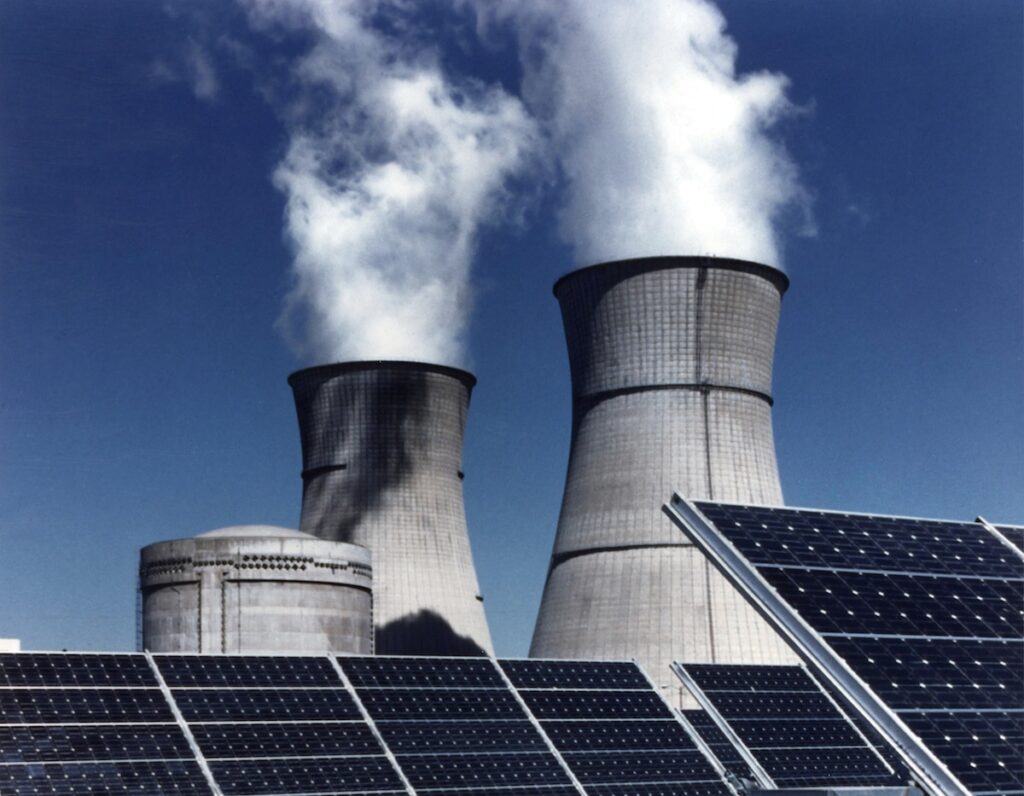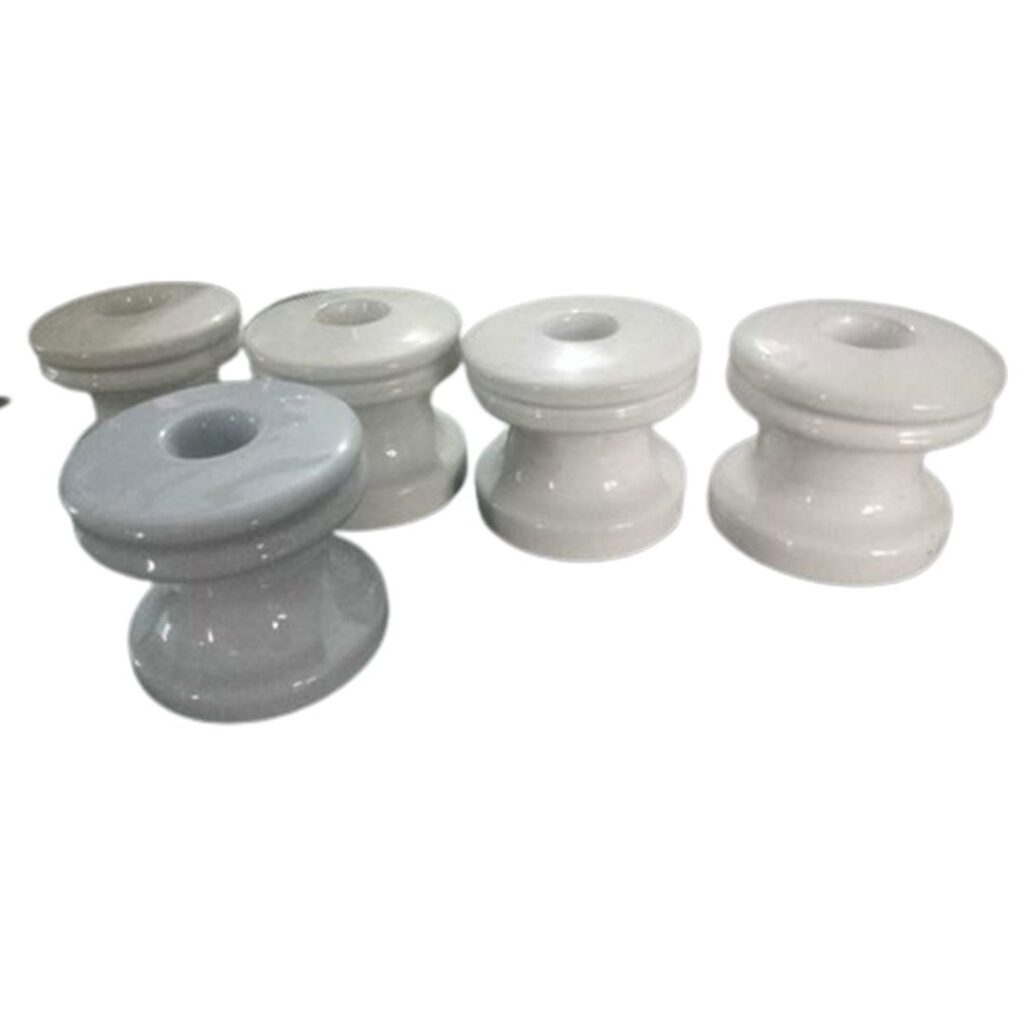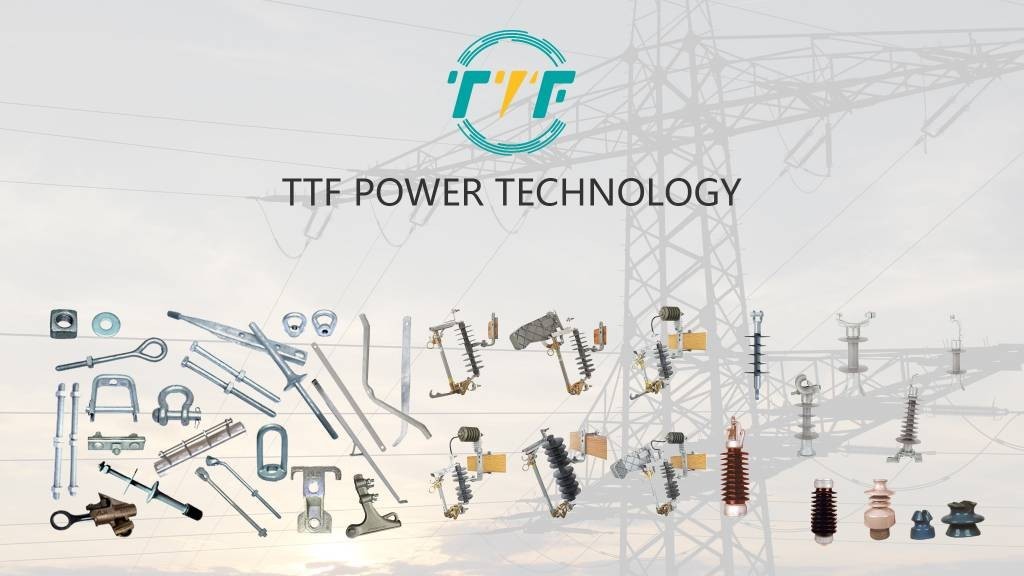
There is a growing commitment to lowering greenhouse gas emissions and moving toward a low-carbon economy. Peru’s decarbonization efforts are primarily focused on energy, transportation, and industrial sector changes. Its decarbonization policy is consistent with its Nationally Determined Contributions under the Paris Agreement. The country has tremendous hydroelectric, solar, and wind potential, and the government has implemented laws to promote sustainable energy. The growing emphasis on decarbonization has resulted in increased renewable energy production, less reliance on fossil fuels, increased usage of electric vehicles, and reduced deforestation. However, there are several obstacles to decarbonization, including grid constraints, illegal mining, funding deficits, and fossil fuel subsidies. Scaling up renewables, updating the infrastructure, and eliminating fossil fuel subsidies are all important steps toward decarbonization. Upgrading energy infrastructure in Peru demands the use of spool insulators for safe, efficient, and resilient power distribution.
A high-quality spool insulator is a ceramic or polymer component found in low- and medium-voltage distribution systems. The insulators are intended to support and insulate cables from poles, prevent energy leakage, and offer mechanical stability under extreme conditions. Spool insulators limit current loss and arcing in transmission lines, allowing renewable energy to travel over great distances while lowering maintenance costs. They provide long-lasting and weather-resistant insulation. Spool insulators on solar farms must withstand extreme UV exposure and sand abrasion. High-performance insulators assist prevent faults in overloaded infrastructure, increase safety margins by lowering risks, and maintain power quality. Spool insulators have great mechanical strength, corrosion resistance, thermal durability, and are compact. Dive in as we discuss the progress, challenges, and the roles of spool insulators in Peru’s decarbonization efforts.
Opportunities for decarbonization in Peru.
Peru is actively pursuing decarbonization to meet net-zero emissions by 2050, under its commitment under the Paris Agreement. The country also intends to overcome political issues, cut dependency on fossil fuels, and speed up the use of various renewable energy sources. Peru has made advances in renewable energy expansion, policy measures, and green hydrogen development. The use of spool insulators in grid infrastructure strengthens Peru’s electricity infrastructure. Here are several options for decarbonization.

- Enhancing renewable energy integration—implementing more renewable energy auctions attracts private investment and increases the share of renewables in the energy mix. There is also the development of grid infrastructure to accommodate variable renewable energy sources.
- Electrification of transportation—promoting electric mobility can lead to a 39% reduction in greenhouse gas emissions in the transportation sector.
- Decarbonizing the mining sector—using renewable energy in mining operations can reduce emissions and capitalize on the increasing global demand for minerals like copper and zinc.
- Strengthening policy and industrial frameworks—addressing political instability and ensuring consistent climate—can help sustain the progress.
Key impediments to Peru’s decarbonization initiatives, and the significance of spool insulators
Peru has made significant progress in deploying renewable energy and enacting climate regulations. Several problems threaten to delay the pace of decarbonization. Spool insulators are modest components, but they contribute to build Peru’s energy infrastructure and please the country’s clean energy targets. They advocate for safe, robust, and cost-effective power infrastructure. They contribute to overcoming problems such as poor transmission lines, challenging terrain, limited public funding, and rural energy poverty. These challenges include:

- Outdated grid infrastructure—the grid infrastructure may lack the resilience needed to handle variable renewable energy output, long-distance transmission, and harsh environmental conditions. Spool insulators reduce the risk of faults and energy loss, leading to increased grid reliability and safety.
- Energy access in remote areas—extending the main grid to remote areas is expensive and difficult. Spool insulators enable low-voltage distribution systems for rural solar mini-grids and micro-hydro plants.
- Costs for infrastructure modernization—large-scale grid upgrades and clean energy projects—are capital-intensive. Spool insulators are low-cost yet high-performing, which allows gradual and scalable infrastructure improvements.
- Integrating distributed energy sources—integrating many small-scale renewable sources—demands grid flexibility and insulation integrity. Spool insulators allow for safe connection of distributed energy resources without risking grid instability.
- Weather and geographic conditions—Peru’s climate poses risks of corrosion, mechanical damage from wind, and electrical faults. Weather-resistant spool insulators resist moisture and UV radiation. Their construction prevents arcing, tracking, and short circuits during storms.
